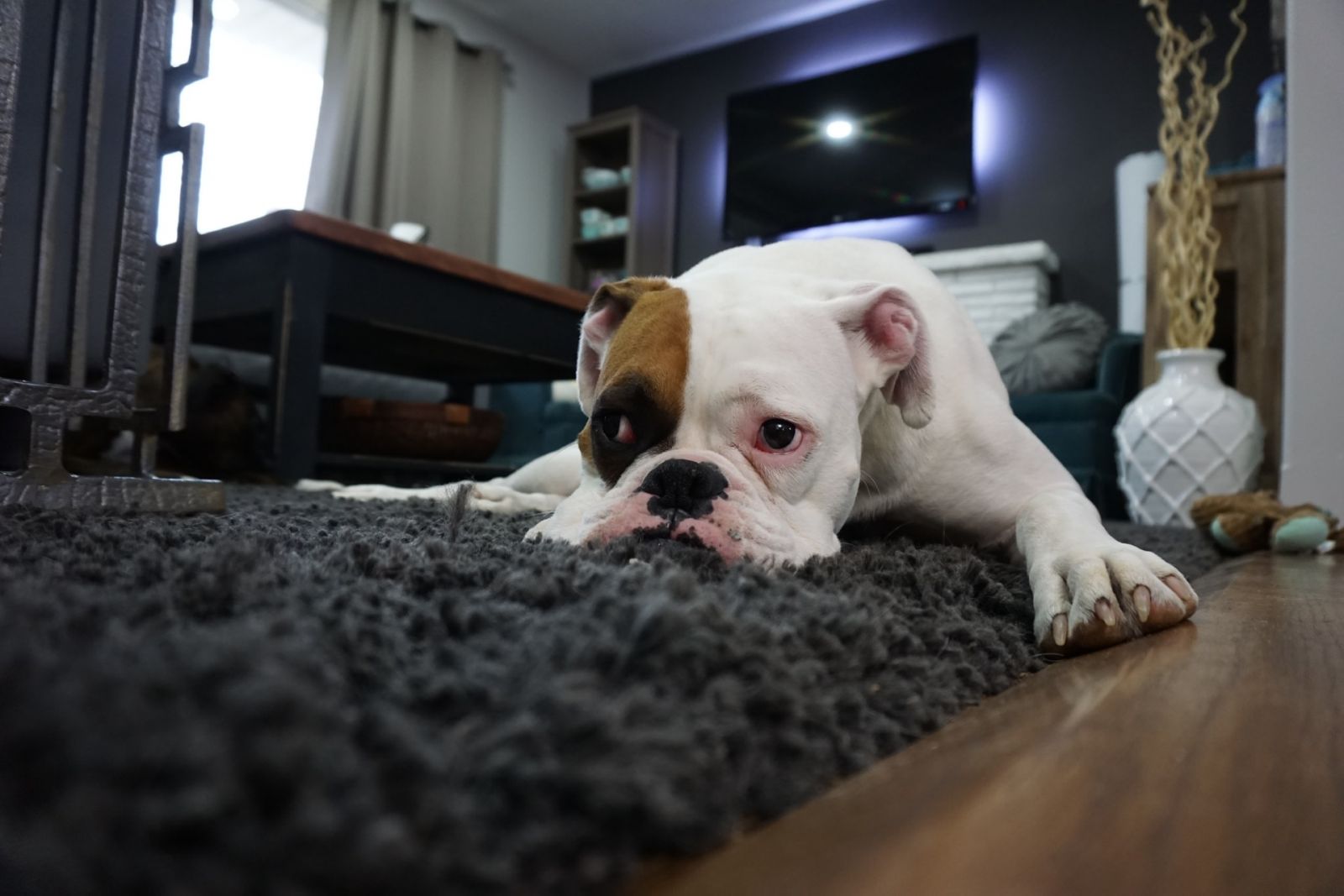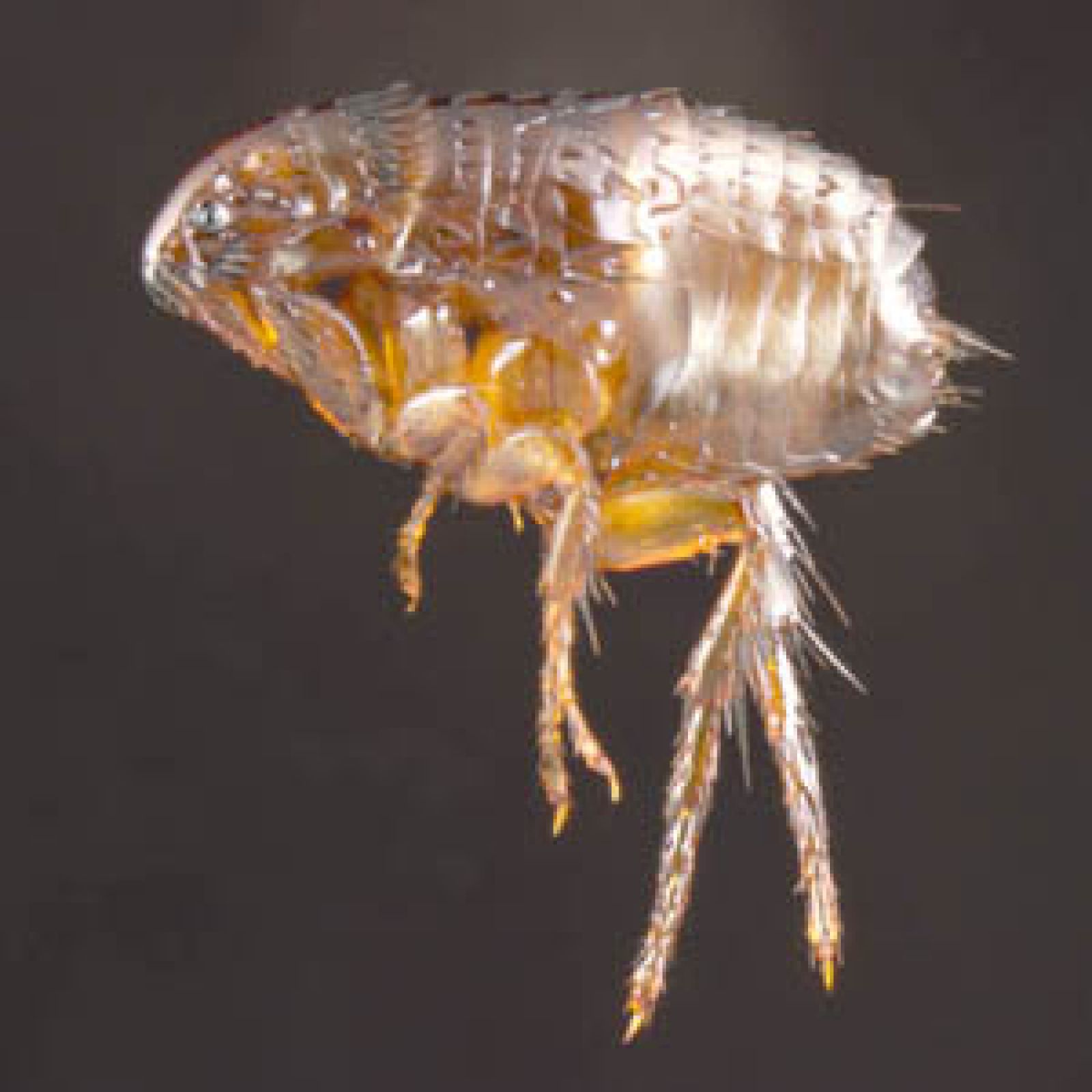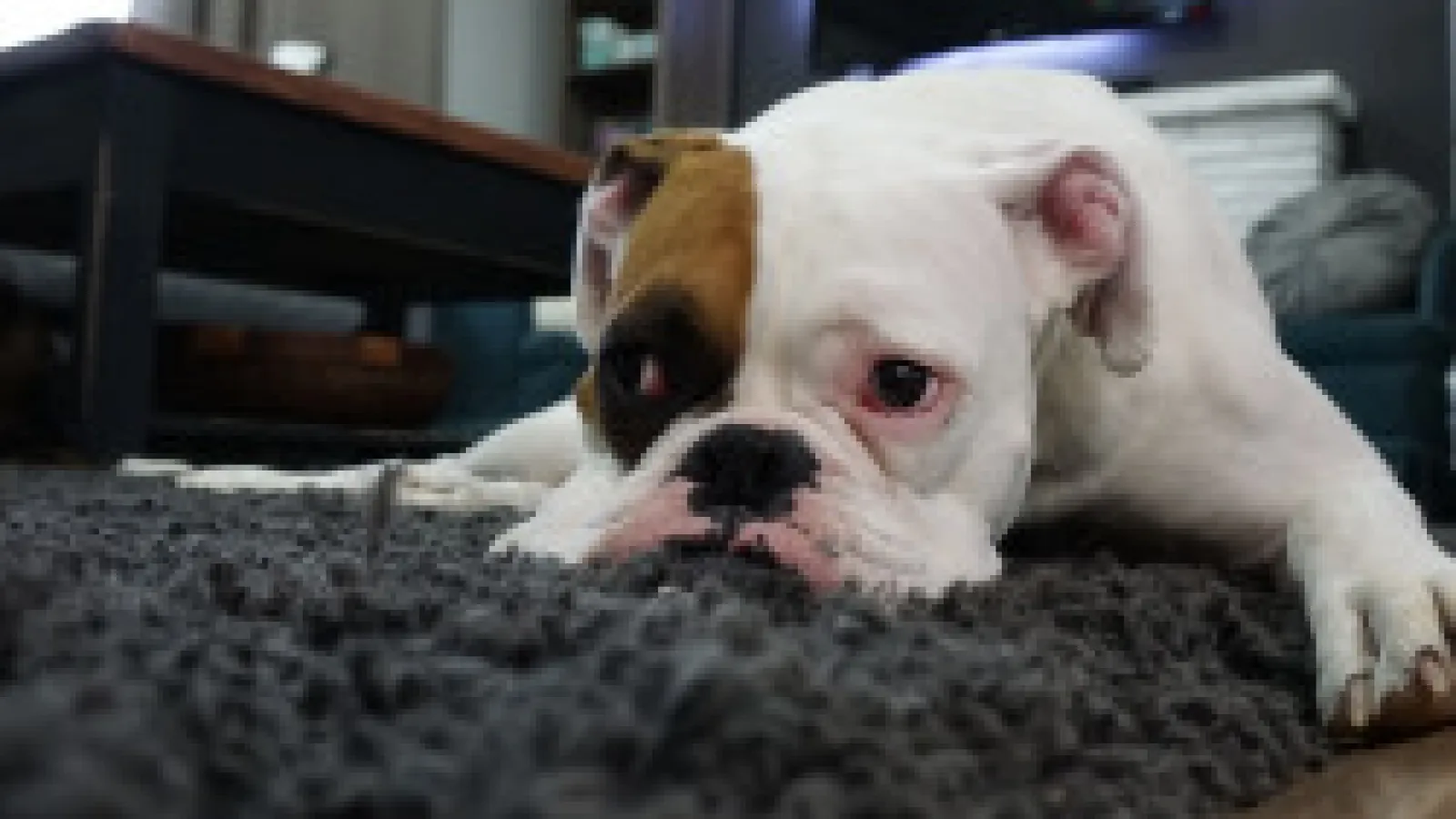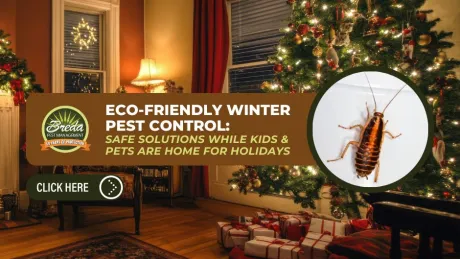Though fleas are a year-round problem in Georgia, flea activity tends to increase during the warmer months. Starting in May, and peaking in September, keep your eyes peeled for these energetic pests. Be prepared to treat your home, your yard, and your pets accordingly to fend off fleas. Infestations can be very difficult to control, and can take weeks or months to handle. Take some precautions to avoid the problem altogether.

Identification
If you're a pet owner, you might have already experienced fleas, or might know what to look for. However, pet owners aren't the only people susceptible to flea infestation. Any wild animal can cause a flea infestation if they seek shelter in or around your home (squirrels in your attic, cats under your porch, or opossums in your crawlspace).
Though fleas do not feed on humans, you can still be a host to them and carry them on your body. They may also bite you, which is not likely to transfer disease, but will irritate your skin with itchy red bumps and could cause allergic reactions to their saliva.
Since the first step to treating a flea problem is confirming fleas are what you're dealing with, let's take a look at the characteristics of a flea.
 |
Size: 1/18th inch Color: Dark brown Bodies: Flat and hard Wings: No Legs: 6, Back legs are longer than front legs Trait: Cannot fly, but jump from host to host |
Infestation and Prevention
If you notice these creatures jumping around on your pets, on yourself, or in your home, it is likely you have an infestation. If you believe you have a flea infestation here are the proper steps to take to combat the problem:
1. Flea Comb and Bath. If the fleas are coming from your pet, buy a flea comb and use it to get rid of fleas on the pet. Then give your pet a bath to make sure they are clean and free of any flea debris.
2. Medication. If your pet isn't already on some sort of flea and tick medication, visit your veterinarian as soon as possible. Discuss with your veterinarian which flea treatment is most appropriate for you and your pet.
3. Vacuum. Approximately 57% of the fleas in an infestation are in the larval stage. Vacuuming removes up to 30% of flea larvae and up to 60% of flea eggs. Vacuum as much as you can, focusing on furniture, cushions, chairs, beds, walls, and hardwood floors. It is very important to discard of your vacuum bags immediately to be sure you have rid your home of the infestation, flea pupae can hatch inside the bag.
4. Wash. Wash anything your pet may have come in contact with. Your pet's bedding is probably riddled with eggs, larvae, or fleas, so be sure to wash it thorough or get rid of it. Wash your pet's toys as well, if they are unwashable it is probably safer to throw them away.
5. Spray. Use a pesticide to spray carpets, upholstery, furniture, and crevices where fleas may hide or lay eggs. Use a safe pesticide in your yard on nearby vegetation so fleas don't come into your home by jumping on your shoes, clothing, or pet.
6. Head Outdoors. Fleas thrive in moist, shady, cool places and often take refuge in shrubs, leaves, and trees. If you trim back the vegetation in your yard, and rake away your leaves, you will limit the habitats of fleas in your yard.
If fleas become a recurring problem, or an overwhelming task, put your problem in the hands of professionals. At Breda Pest Management, we have been treating homes in the Metro-Atlanta area for over 40 years. We are confident in our ability to solve all your pest problems.



